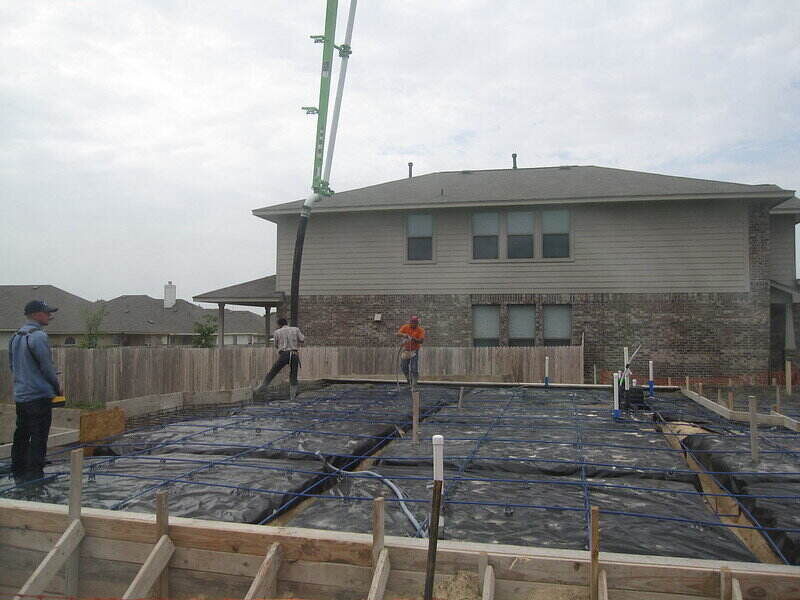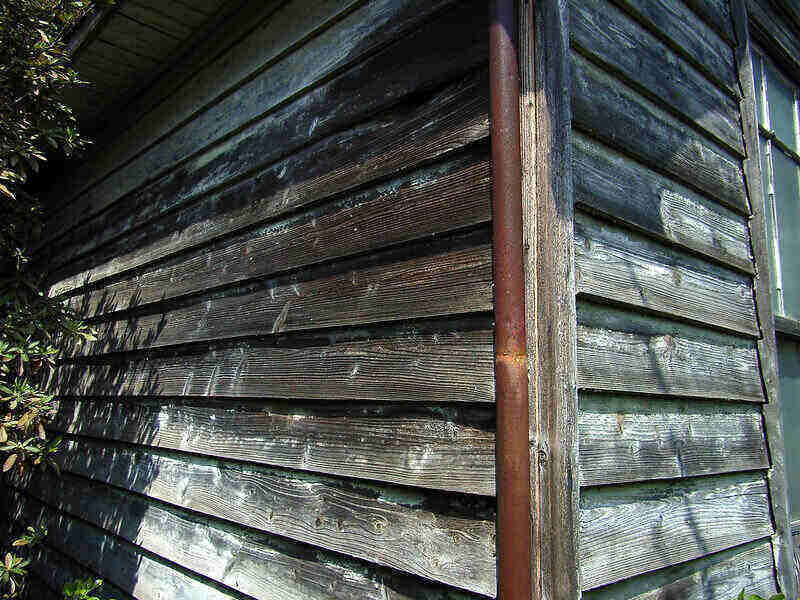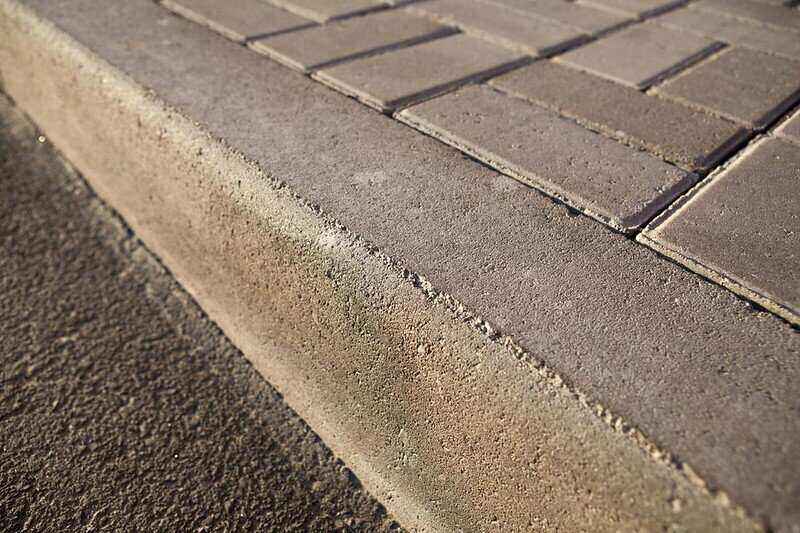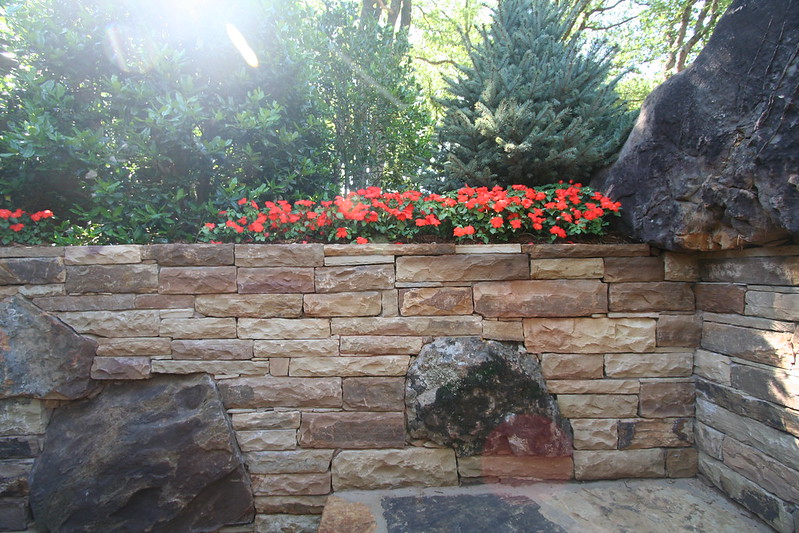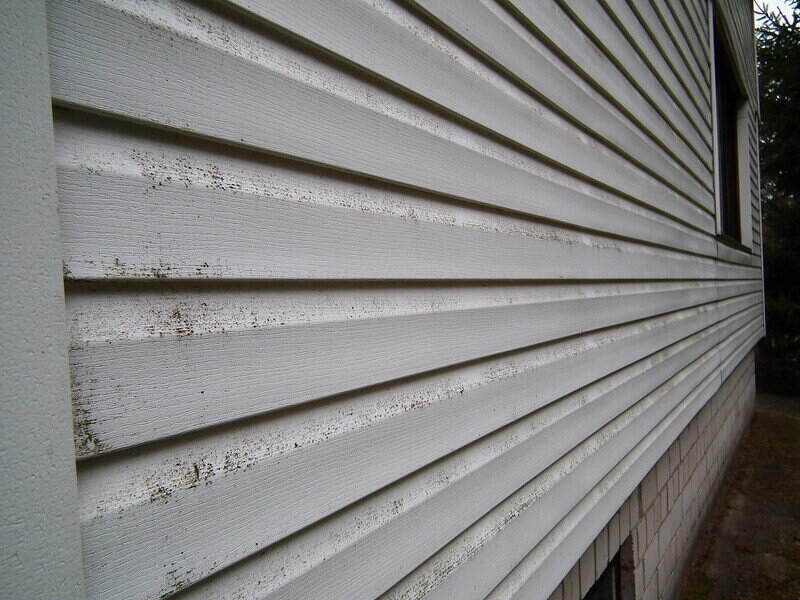The average cost to professionally seed a lawn is between $0.09 and $0.15 per square foot, with most homeowners spending between $427 and $1,514 total.
However, the total cost of your lawn seeding project depends largely on the size of your yard, as well as factors like the seeding method and the type of grass seed you choose.
This guide gathers data from big and small cities in the U.S. so you can better estimate how much it will cost to seed an entire lawn in your region.
Cost by Location
Whether you’re looking to reseed an existing lawn or plant a new one, the cost can vary depending on where you live. Different grasses thrive in different climates, so the cost of a particular seed may vary depending on where you live. Be sure to research the best type of grass for your area before making a purchase.
Moreover, prices also vary depending on the cost of living, which affects labor costs; Metro areas tend to be more expensive than small towns.
The table below offers a snapshot of the costs to seed a lawn across the country:
| City | Average Cost (Including Labor and Materials) |
| Northeast U.S. | |
| Pawtucket, RI | $425 – $1,504 |
| New York, NY | $520 – $1,883 |
| Southeast U.S. | |
| Dothan, AL | $377 – $1,314 |
| Orlando, FL | $387 – $1,352 |
| Atlanta, GA | $389 – $1,361 |
| Midwest U.S. | |
| South Bend, IN | $439 – $1,560 |
| Chicago, IL | $473 – $1,693 |
| Northwest U.S. | |
| Salem, OR | $413 – $1,456 |
| Seattle, WA | $484 – $1,741 |
| Southwest U.S. | |
| Houston, TX | $384 – $1,343 |
| Roswell, NM | $389 – $1,361 |
| San Diego, CA | $449 – $1,598 |
Cost Estimator by Lawn Size
The size of your lawn greatly affects the overall cost of your seeding project. Considering that the average cost of lawn seeding is around $0.09 to $0.15 per square foot, you can expect to pay anywhere from $90 to $150 for a small lawn measuring 1,000 square feet.
However, some pros will charge a minimum rate regardless of the size of your lawn. Make sure to asecrtain whether that’s the case before purchasing a service.
| Lawn Size | Average Cost (Labor and Materials) |
| 1,000 square feet | $90 – $150 |
| 5,000 square feet | $400 – $750 |
| 1/4 acre | $980 – $1,634 |
| 1/2 acre | $1,960 – $3,267 |
| 3/4 acre | $2,940 – $4,900 |
| 1 acre | $3,920 – $6,534 |
Cost by Grass Type
Different types of grass seeds have different costs. Here are the most common grass types and the corresponding costs of their seeds:
| Type of Grass | Average Price Per Pound |
| Cool-season grasses | |
| Tall fescue | $2 – $6 |
| Perennial ryegrass | $3 – $8 |
| Kentucky bluegrass | $7 – $15 |
| Fine fescue | $8 – $14 |
| Warm-season grasses | |
| Bermudagrass | $3 – $12 |
| Bahiagrass | $6 – $15 |
| Centipedegrass | $7 – $40 |
| Zoysiagrass | $8 – $40 |
For more information on each of these grass types, check out our articles for cool-season grasses:
- Tall Fescue Lawn Maintenance Guide
- Guide to Growing Perennial Ryegrass
- Guide to Growing Kentucky Bluegrass
- Guide to Growing Fine Fescues
And for warm-season grasses:
- Bermudagrass Guide: Types, Traits, and Care
- Bahiagrass Lawn Maintenance Guide
- Centipedegrass Lawn Maintenance Guide
- Growing Zoysiagrass: Everything You Need to Know
Note: St. Augustinegrass usually doesn’t produce viable seeds, so you’ll only see it being sold as sod or plugs.
Cost by Seeding Method

There are a few different ways to seed a lawn. They have similar costs that should still be considered when deciding which is best for your budget and lawn size. Here is a breakdown of each method and its associated cost:
| Method | Cost Range Per Square Foot |
| Overseeding with aeration | $0.07 – $0.23 |
| Hydroseeding | $0.07 – $0.21 |
| Slice seeding | $0.08 – $0.18 |
Overseeding With Aeration
With overseeding, you sprinkle grass seeds over an existing grass lawn after aerating it. This allows more seed-to-soil to contact and improves germination rates. This technique, at $0.07 to $0.23 per square foot, can help thicken a thin lawn, fill in bare spots, or revitalize an old grass lawn.
For more information check out our guides:
- How to Aerate and Overseed Your Lawn
- Best Time to Aerate and Overseed a Lawn
- When Is It Too Late to Aerate and Overseed Your Lawn?
Hydroseeding
Hydroseeding is the process of spraying grass seed, mulch, and fertilizer onto the lawn. This method is ideal for large areas, and the cost of hydroseeding will depend on your lawn size, but it typically ranges from $0.07 to $0.21 per square foot.
Hydroseeding is a great option if you need to cover a large area quickly since the grass seed and fertilizer are evenly spread in one process. It also helps retain moisture and prevents soil erosion, making it ideal for areas with slopes or hills.
Slice Seeding
Slice seeding is the process of cutting small grooves into the soil and then planting seeds in the grooves. The cost of slice seeding depends on the size of your lawn, but it typically ranges from $0.08 to $0.18 per square foot.
Slice seeding is best for small areas and can help fill in thinning areas or bare spots in a lawn quickly. It’s also helpful for areas with hard soil since it allows the grass seed to come into contact directly with moist soil.
Cost of Labor
Hiring a professional to seed your lawn can cost between $45 and $95 per hour, not including the cost of supplies or materials.
While this may seem expensive, here are few benefits to hiring a pro:
- Professionals have the experience and knowledge needed to get the job done correctly.
- They also have access to specialized tools and equipment necessary to make the process easier, faster, and more effective.
- A lawn care pro can help you choose the right type of grass seed suitable for your climate and soil type, which will ultimately result in a more attractive, healthier lawn.
Pro Cost vs. DIY Cost
You might be able to save money by doing the lawn seeding yourself. However, it’s not always the ideal choice, especially if you’re busy with work or other things. Seeding or reseeding a lawn requires considerable effort and time. And if you don’t perform the task meticulously, you might have to redo it and incur more expenses.
But if you’re set on doing DIY lawn seeding, you can expect to spend between $149 and $449 on tools and materials, depending on if you buy a handheld spreader or a broadcast spreader.
To know each step on planting seeds, check out our guide: How to Plant Grass Seed
FAQ
For the best results, you’ll need to prepare the soil properly before spreading grass seed. Till the soil, remove any weeds or other debris, and ensure the soil is properly fertilized. This will help create a better environment for the seed to grow in.
It’s best to overseed your lawn after mowing. This will ensure that the newly planted seeds are not disturbed by the mower. Mow lower than usual and rake up the old grass clippings so that the new grass seeds can germinate properly.
The best time of year to seed a lawn depends on where you live and the type of grass you’re planting. In general, cool-season grasses should be seeded in the late summer or early fall. On the other hand, warm-season grasses should be seeded in late spring and early summer.
For more details, read our article: When is the Best Time to Plant Grass Seed?
Hire a Pro for Seeding Services
Seeding your lawn can be a great way to revitalize it and create a lush, green space. But consider the cost of seeds, the seeding method, and labor rates before you set your budget. By doing your research and considering all of these factors beforehand, you can get the best deal and the most out of your new lawn.
The cost to seed a lawn may seem steep, but the results are worth it. And if you want a lush, green lawn you can enjoy for years to come, remember to hire a reliable lawn seeding service pro.
Maria Isabela Reis contributed to this article.
Read More:
– How Much Does Sod Cost?
– How Much Does Artificial Grass Cost?
– How Much Does Lawn Care Cost?
Note: LawnStarter may get a referral fee for matching you with contractors in your area.
Main Image Credit: M.Dörr & M.Frommherz / Adobe Stock / License
